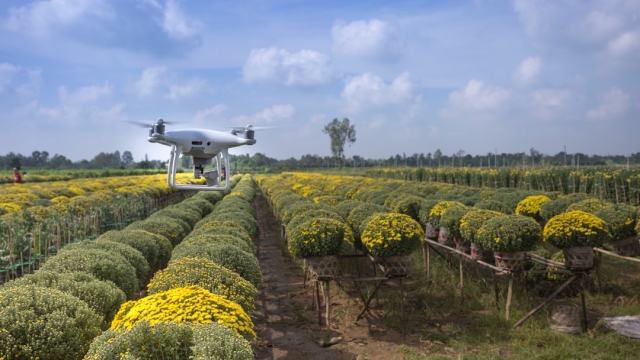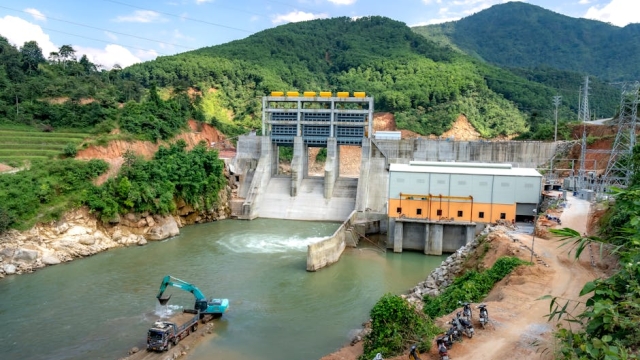In the world of aquaculture, enhancing productivity is essential for sustainable growth and profitability. With the increasing demand for seafood and the challenges posed by environmental factors, aquaculture operations must adopt innovative solutions to streamline their processes, reduce costs, and improve yields. This is where aquaculture productivity tools come into play, offering a range of software and equipment designed to optimize every aspect of fish and shellfish farming. In this article, we will explore various tools available to aquaculture professionals and how they can transform operations.
Overview of Aquaculture Productivity Tools
Aquaculture productivity tools encompass a variety of solutions that aid in the management, monitoring, and enhancement of aquaculture systems. These tools can be broadly categorized into two main types: software solutions and innovative equipment. Each category plays a crucial role in ensuring that aquaculture operations run efficiently, allowing farmers to maximize their output while minimizing waste and environmental impact.
Software Solutions for Aquaculture Management
Software solutions have become integral to modern aquaculture practices. They facilitate data collection, analysis, and decision-making processes that are vital for enhancing productivity. Examples of such software include:
- Farm Management Software: These platforms help aquaculture operators track inventory, monitor water quality, and manage feeding schedules. By providing real-time insights, farmers can make informed decisions that lead to better growth rates and healthier aquatic species.
- Data Analytics Tools: Advanced analytics tools allow operators to analyze historical data and predict trends. For instance, a case study involving a shellfish farm demonstrated that using data analytics led to a 20% increase in yield by optimizing harvest times based on water temperature and salinity data.
- Supply Chain Management Software: Efficient supply chain management is critical in aquaculture. Software that tracks the flow of products from farm to market ensures that freshness is maintained, reducing spoilage. This not only boosts productivity but also enhances customer satisfaction.
Innovative Equipment and Technologies in Aquaculture
In addition to software solutions, various innovative equipment and technologies have emerged to support aquaculture operations. Some notable examples include:
- Automated Feeding Systems: These systems ensure that fish receive the right amount of feed at optimal times, reducing waste and improving growth rates. Farms that have implemented automated feeding have reported significant cost savings and improved feed conversion ratios.
- Water Quality Monitoring Devices: Sensors that continuously monitor parameters such as pH, dissolved oxygen, and ammonia levels are invaluable. For example, a tilapia farm equipped with these sensors was able to detect and correct water quality issues before they affected fish health, resulting in a more stable production environment.
- Recirculating Aquaculture Systems (RAS): RAS technology allows for the reuse of water in aquaculture, significantly reducing water consumption. Farms utilizing RAS have seen enhanced productivity due to better control over environmental conditions.
Best Practices for Implementing Aquaculture Productivity Tools
To maximize the benefits of aquaculture productivity tools, it is essential to adopt best practices when implementing these solutions. Here are some strategies for success:
- Start with a Needs Assessment: Evaluate the specific challenges your aquaculture operation faces and identify the tools that will address these needs most effectively.
- Involve Your Team: Engage your staff in the selection and implementation process. Their insights can help ensure that the tools chosen align with day-to-day operations.
- Invest in Training: Providing thorough training on new tools is crucial. Well-trained staff can leverage these productivity tools to their full potential, leading to better outcomes.
- Monitor and Adjust: Continuously assess the performance of the tools in place. Collect feedback from your team and be prepared to make adjustments as needed to optimize their effectiveness.
By adopting aquaculture productivity tools, operators can transform their farming practices, leading to improved efficiency and sustainability. Whether through advanced software solutions or innovative equipment, the potential for enhanced productivity in aquaculture is significant. For further insights and resources on aquaculture productivity tools, consider exploring content provided by experts in the field.






